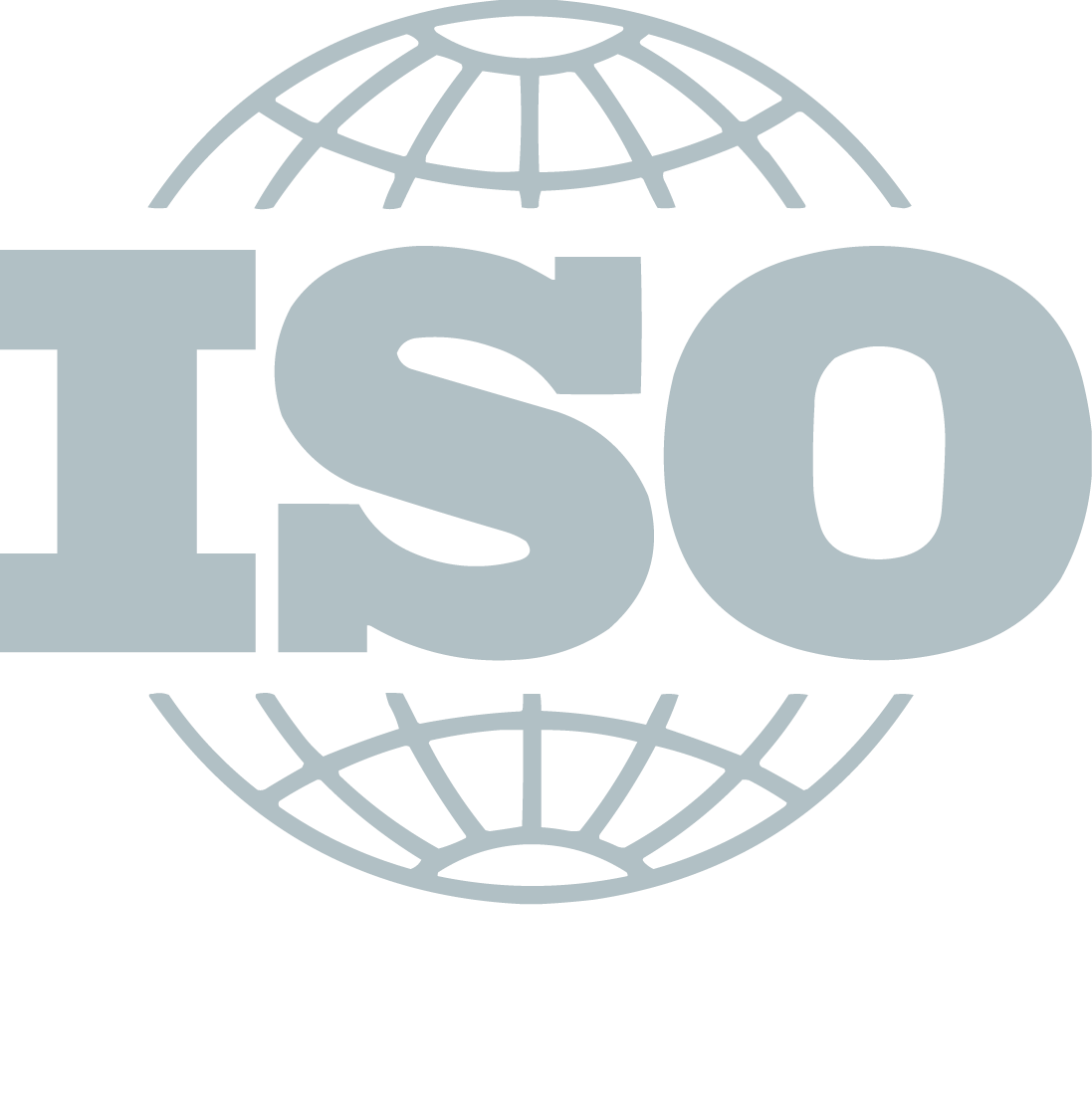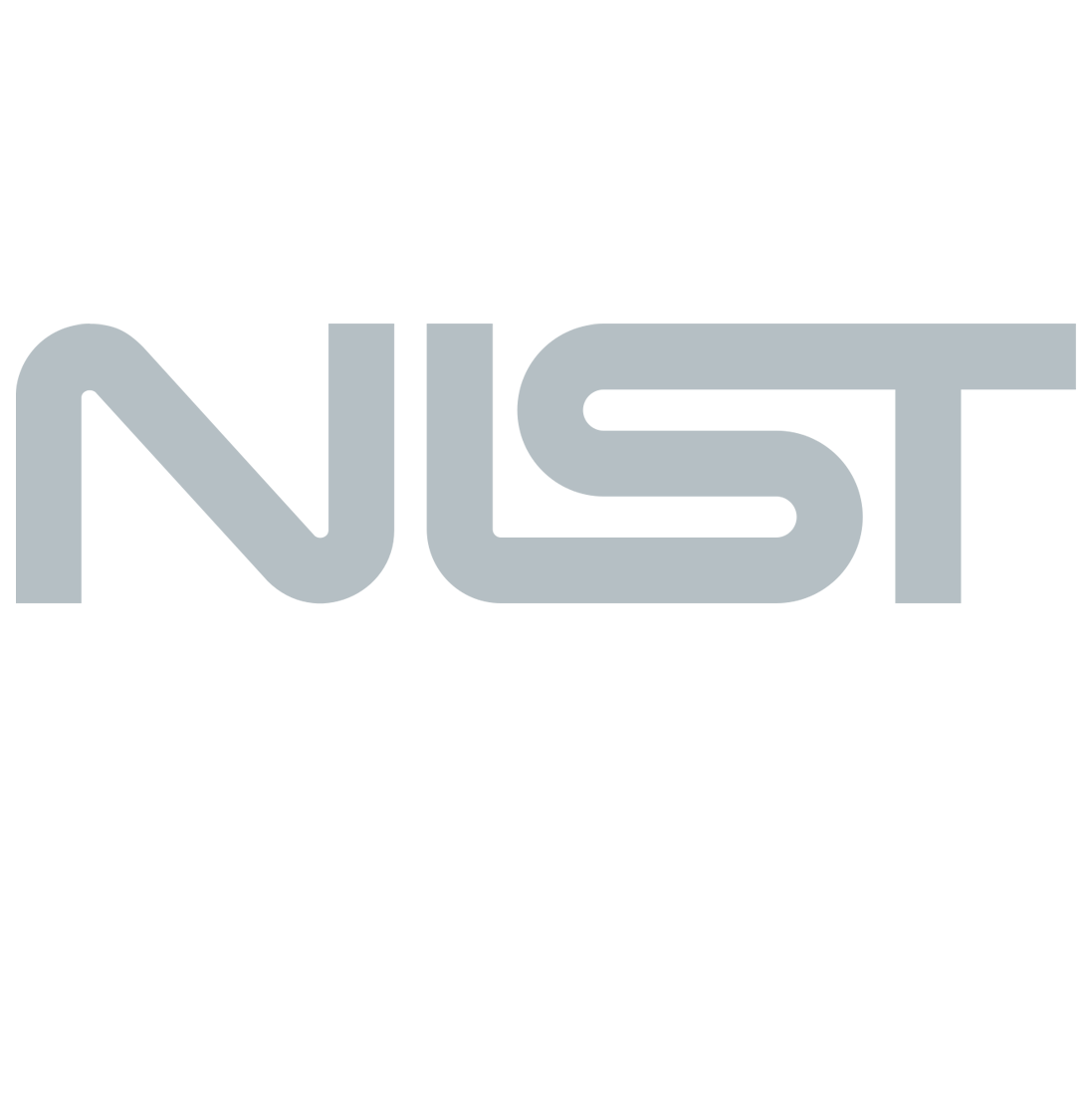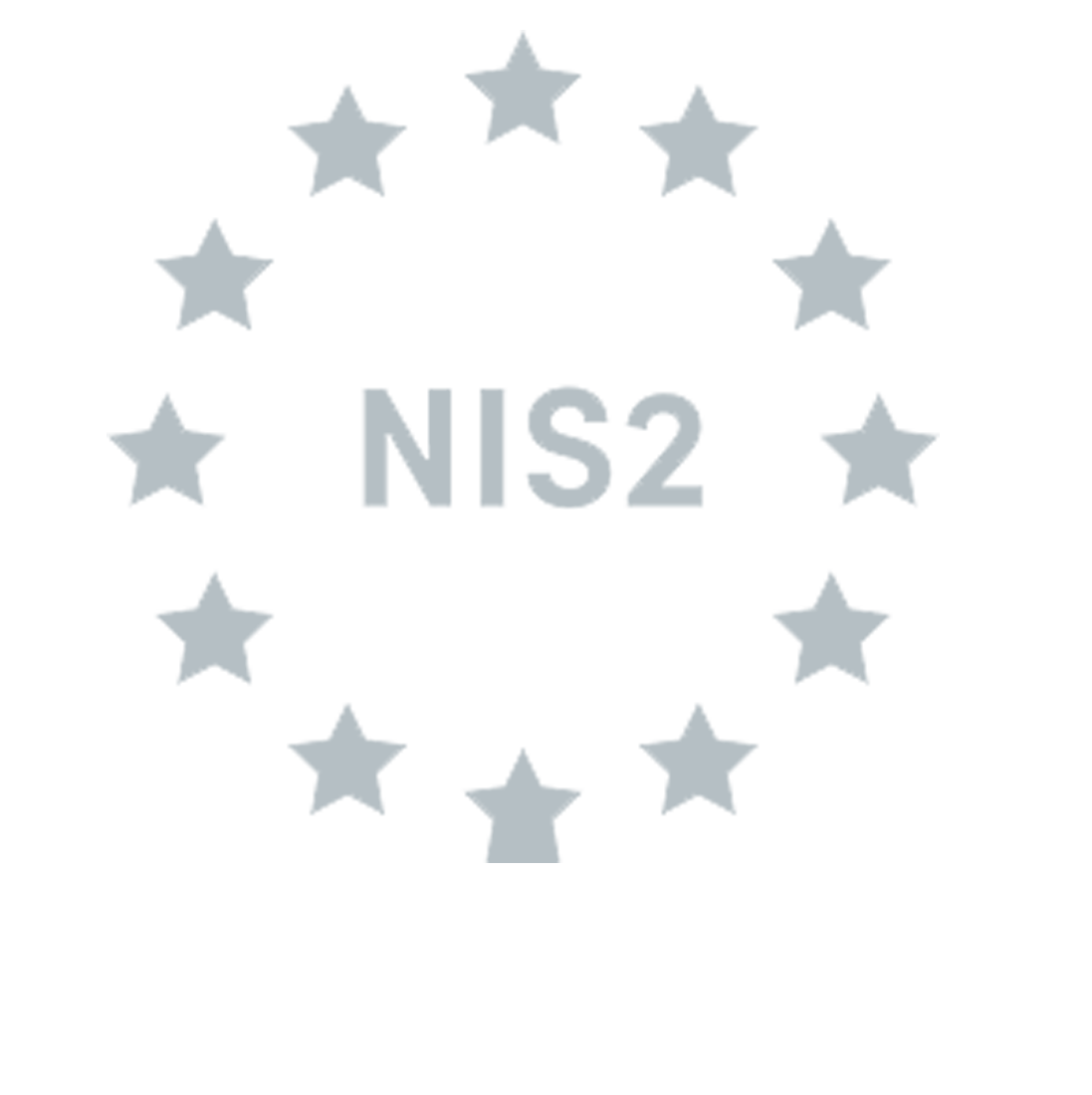Compliance

The NIS Directive establishes rules that companies and organizations must follow to protect their IT systems from cyberattacks.
Organizations falling under the scope of these directives must be aware of their obligations and implement the necessary measures to ensure compliance with the regulations.
What is the NIS Directive?
The NIS Directive (Network and Information Security Directive) was introduced to strengthen cybersecurity across sectors that heavily rely on Information and Communication Technology (ICT). Certain companies providing essential services for the continuity of critical social and economic activities are classified as Operators of Essential Services (OES).
To address the increasing threats posed by digitalization and cyberattacks, the European Commission proposed replacing the original NIS Directive with NIS2. This new directive enhances security requirements, addresses supply chain risks, improves incident reporting and monitoring activity obligations, and introduces stricter implementation measures including harmonized sanctions across the EU.
The primary goal of NIS2 is to bolster cybersecurity and resilience within the EU’s critical infrastructure and digital service providers.
What is new in NIS2 compared to NIS?
The main differences between NIS and NIS2 include:
Stricter incident reporting requirements, clear guidelines on content, process, and response timelines.
It Enhances cybersecurity measures for key ICT technologies across the EU.
The NIS2 directive requires member states to Coordinate risk assessments for critical supply chains in cooperation with the European Commission, and ENISA (European Union Agency for Cybersecurity).

Compliance
What is the NIS Directive?
The NIS Directive (Network and Information Security Directive) was introduced to strengthen cybersecurity across sectors that heavily rely on Information and Communication Technology (ICT). Certain companies providing essential services for the continuity of critical social and economic activities are classified as Operators of Essential Services (OES).
To address the increasing threats posed by digitalization and cyberattacks, the European Commission proposed replacing the original NIS Directive with NIS2. This new directive enhances security requirements, addresses supply chain risks, improves incident reporting and monitoring activity obligations, and introduces stricter implementation measures including harmonized sanctions across the EU.
The primary goal of NIS2 is to bolster cybersecurity and resilience within the EU’s critical infrastructure and digital service providers.
What is new in NIS2 compared to NIS?
The main differences between NIS and NIS2 include:
Stricter incident reporting requirements, clear guidelines on content, process, and response timelines.
It Enhances cybersecurity measures for key ICT technologies across the EU.
The NIS2 directive requires member states to Coordinate risk assessments for critical supply chains in cooperation with the European Commission, and ENISA (European Union Agency for Cybersecurity).

La direttiva NIS stabilisce delle regole che le aziende e le organizzazioni devono seguire per proteggere i loro sistemi informatici da attacchi informatici.
Le organizzazioni che rientrano nel campo di applicazione di queste direttive devono essere consapevoli dei loro obblighi e adottare le misure necessarie per conformarsi alla normativa.

Our approach to
NIS1 - NIS2
With the evolution from the Seveso Directives to the EU Directive 2016/1148 (NIS), the landscape of cybersecurity and business continuity regulations has expanded significantly. The introduction of the EU Regulation 2022/2554 (DORA) and the EU Directive 2022/2555 (NIS2) extends compliance requirements to medium-sized enterprises, reinforcing cybersecurity obligations across industries.
GERICO Security helps companies adhere to NIS2 and cybersecurity regulations as follows:
- Conducting vulnerability assessments and penetration testing to identify security weaknesses.
- Implementing cyber incident management plans with real-time threat monitoring and structured incident response strategies.
- Developing Business Continuity Plans (BCP) and crisis response.
- Systematic IT infrastructure security testing and validating risk management measures.
- Ensuring that business suppliers meet the required security standards.
GERICO Security supports organizations in implementing an Information Security Management System (ISMS) that aligns with both EU Regulation 2023/203 and EU Directive NIS2 optimizing corporate processes and ensuring regulatory compliance.











